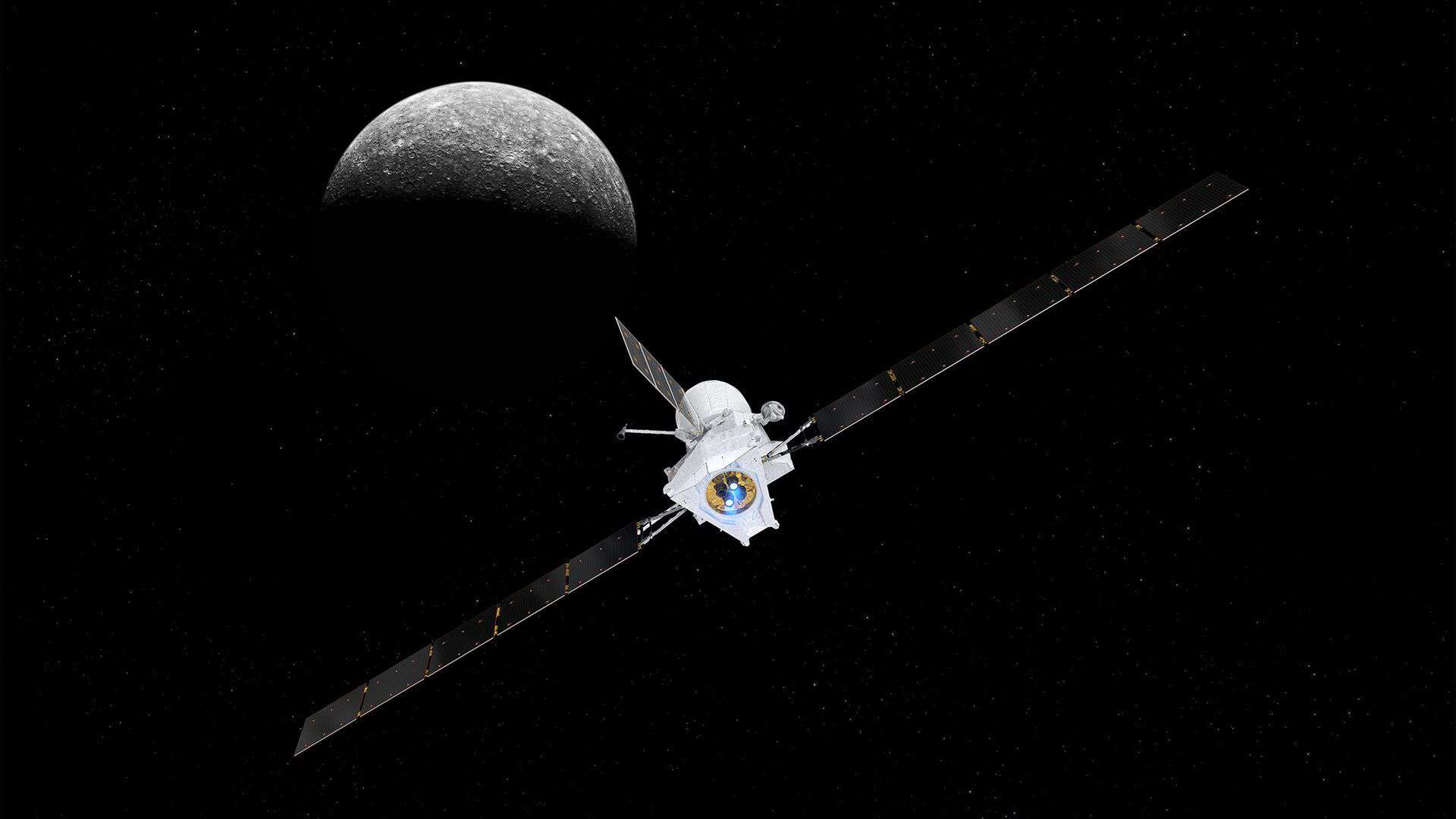The European Space Agency (ESA) has revealed the spider-shaped patterns scattered across the southern polar region of Mars.

These spider-shaped patterns are not seen throughout the year on Mars. These are the seasonal features created by carbon dioxide ice.
There are two kinds of ice seen on Mars polar regions.
Firstly, the water ice, by which Mars polar caps are primarily composed. When water ice gets warm, it melts into liquid.
Secondly, the carbon dioxide ice (also called dry ice), which deposited over the polar cap during the dark winter months.

When spring comes after winter, this carbon dioxide ice gets warm in sunlight and directly converts into gas from solid ice.
When this carbon dioxide gas bursts and releases itself in the Martian atmosphere, it breaks the overlying water ice slabs.
As a result, we see the dark blotches of the material located below the carbon dioxide ice.
According to the ESA, each of these black spots covers an area of 45 meters to 1 km. From the satellite, it looks like the spider is hiding underneath.
ESA’s two satellites, the Mars Express orbiter and ExoMars Trace Gas Orbiter, captured the above images.
The Mars Express spacecraft has been orbiting the Red Planet since 2003, and the ExoMars Trace Gas Orbiter has been orbiting the Red Planet since 2016.
Please bookmark Spaceandtelescope.com or follow us on Facebook and Twitter to get latest space news, upcoming skywatching events and astronomy-related content.



